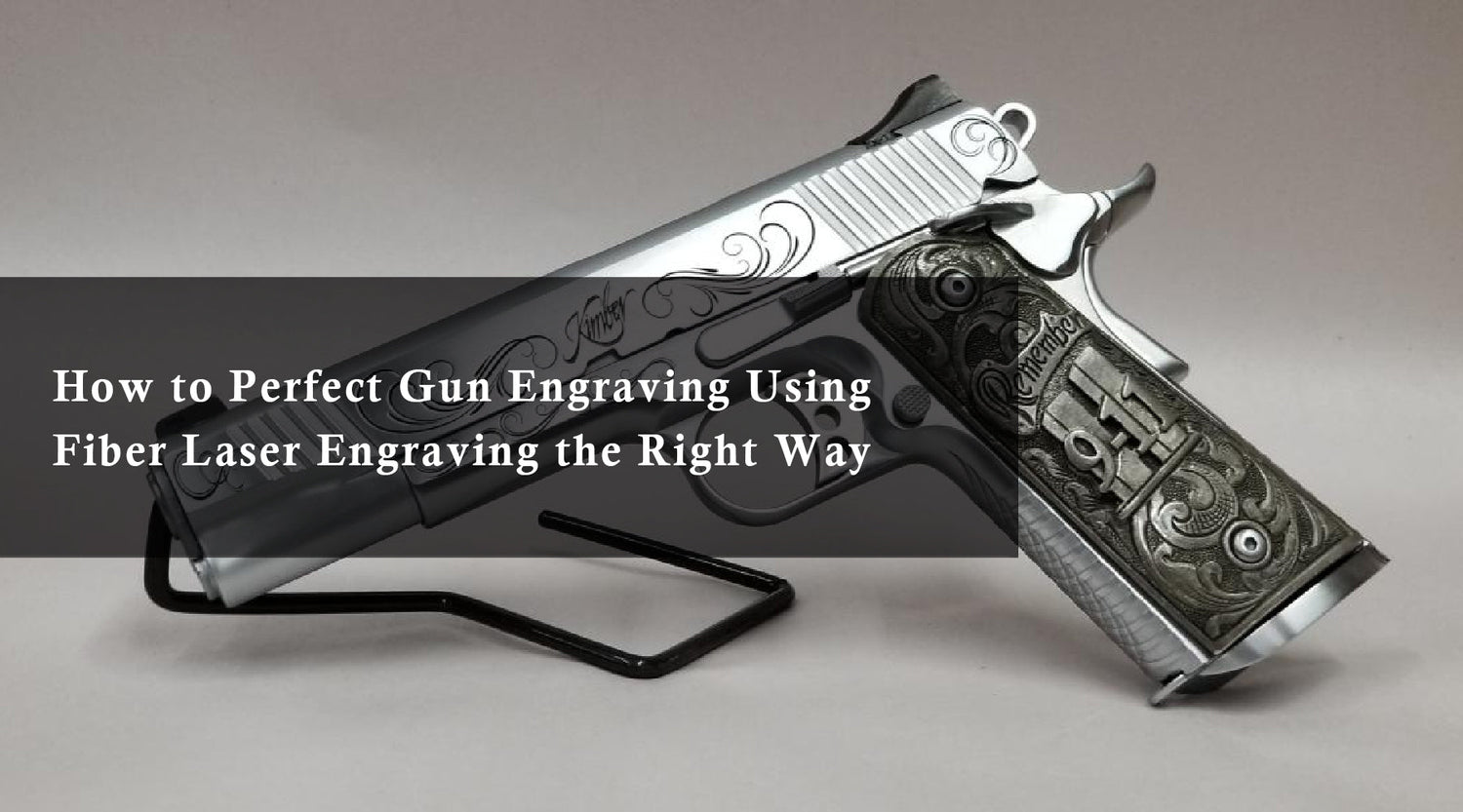Introduction
Laser engraving has become increasingly popular among hobbyists, artisans, and small business owners due to its versatility, precision, and ease of use. For beginners looking to explore the world of laser engraving, leather is an excellent material to start with. If you're searching for a laser cutter near me, this is a great way to get started on your engraving projects.In this machine guide, we'll introduce you to the basics of laser engraving machines for beginners and explore the fascinating process of leather engraving.
Why Choose Laser Engraving for Leather?
Laser engraving offers several advantages for working with leather:
- Precision: Laser technology allows for precise engraving, ensuring clean and accurate results on leather surfaces.
- Versatility: Laser engravers can create a wide range of designs, from intricate patterns to custom text and logos, making them suitable for various leather projects.
- Ease of Use: Modern laser engraving machines feature user-friendly interfaces and software, making them accessible to beginners with minimal training.
- Speed: Laser engraving is a fast process, allowing for quick turnaround times on projects.
Key Features to Look for in a Laser Engraving Machine for Beginners

When choosing a laser engraving machine for leather engraving, consider the following features:
-
Power and Speed Settings: Look for a machine with adjustable power and speed settings, allowing you to customize the engraving process based on the type of leather and desired results.
-
Workspace Size: Ensure the machine's workspace is large enough to accommodate the size of leather pieces you plan to engrave. Consider the dimensions of the machine's bed or working area.
-
User-Friendly Software: Opt for a machine with intuitive software that makes it easy to design and prepare engraving files. Look for features like drag-and-drop functionality and customizable settings.
-
Safety Features: Safety should be a top priority when working with laser engraving machines. Choose a machine with built-in safety features such as a protective enclosure, emergency stop button, and safety interlocks. If you're searching for a laser cutter near me, make sure the machine you choose has these essential safety measures in place.
-
Compatibility: Ensure that the machine is compatible with the file formats you'll be using for engraving, such as JPEG, PNG, SVG, or DXF. Additionally, check compatibility with operating systems like Windows, Mac, or Linux.
Getting Started with Leather Engraving

Once you've selected a suitable laser engraving machine, follow these steps to get started with leather engraving:
Step 1: Design Preparation
- Choose or create a design for engraving using graphic design software like Adobe Illustrator or CorelDRAW.
- Convert the design to a vector format if necessary, as vector graphics are ideal for laser engraving.
- Adjust the size and positioning of the design to fit the leather piece you'll be engraving.
Step 2: Machine Setup
- Set up the laser engraving machine in a well-ventilated area with sufficient space for operation.
- Install the appropriate lens and focus the laser beam according to the thickness of the leather.
- Load the leather piece onto the machine's bed and secure it in place using clamps or fixtures.
Step 3: File Import and Settings Adjustment
- Import the design file into the laser engraving software and adjust the settings as needed.
- Set the laser power and speed based on the type of leather and the desired depth of engraving.
- Perform a test run on a scrap piece of leather to fine-tune the settings and ensure optimal results.
Step 4: Engraving Process
- Start the engraving process once you're satisfied with the settings and positioning of the design.
- Monitor the engraving progress and make any necessary adjustments as the machine operates.
- Once the engraving is complete, carefully remove the leather piece from the machine and inspect the results.
Tips for Successful Leather Engraving

- Choose High-Quality Leather: Opt for genuine or high-quality leather for the best engraving results, as synthetic or low-quality leather may produce inconsistent outcomes.
- Experiment with Settings: Take the time to experiment with different power and speed settings to achieve the desired engraving depth and clarity.
- Test on Scrap Material: Always perform a test engraving on a scrap piece of leather before engraving your final project to ensure the settings are correct.
- Clean and Maintain the Machine: Regularly clean the laser lens and machine components to maintain optimal performance and prolong the lifespan of the machine.
Conclusion
Laser engraving machines offer an exciting and accessible entry point into the world of leather engraving for beginners. With the right machine, software, and techniques, you can create stunning and personalized leather projects with ease. Whether you're crafting custom gifts, adding branding to products, or exploring your creative passions, laser engraving on leather opens up a world of possibilities for beginners to explore and enjoy. If you're looking for a laser cutter near me, it's a great way to dive into this creative process.
Read More: Essential Read for Beginners: How to Choose the Right Engraving Machine










